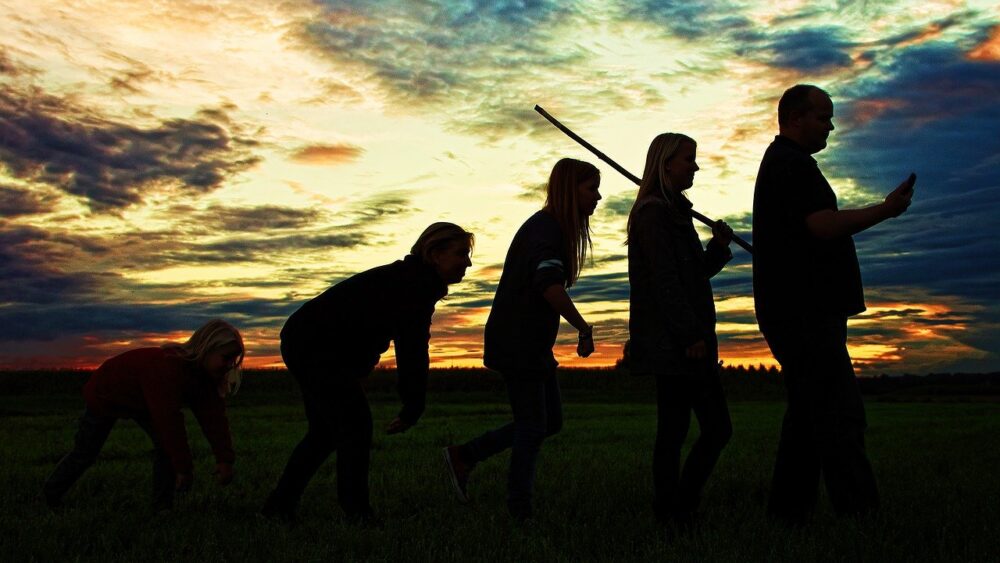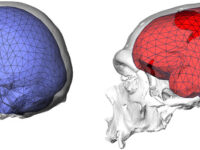Fifth grade science class taught us that chimpanzees are our closest living relatives, but what about other closely-related species who are no longer living? Through millions of years of evolution, Homo sapiens has come to dominate Earth as the only surviving hominid species. However, this wasn’t always the case, and our presence as the dominant bipedal humanoid species is the result of our ancestors’ evolutionary achievements. What made humans outlast others, and what does it tell us about Homo sapiens? After millions of years, why are we alone?
Key events in human evolution were shaped by environmental instability rather than precise adaptation to a single type of environment.
A hominid is defined as any member of a family of primate mammals that stands upright on two legs. The first known hominid species is thought to be Sahelanthropus tchadensis, a bipedal primate that walked the earth approximately 7 million years ago. The 2001 finding of this species’s fossils in modern-day Chad provides evidence of what is most likely the first primate to walk on two legs — our oldest known relative. As the name suggests, however, this primate is not a member of the Homo group and is thus only our distant cousin, who we may thank for the ability to walk on two feet.
Though many human species, including our own, co-existed with each other for thousands of years, we ultimately remain alone in our humanity.
One of our best-known ancestral hominid ancestors is Australopithecus afarensis, which gained international recognition when the “Lucy” fossil was unearthed. Similar to other early hominid species, A. afarensis had the capability to walk both upright and climb trees, giving them the unique ability to adapt more quickly to different habitats — a strength that allowed them to survive for millions of years. This adaptability to changing environments is the central theme of the variability selection hypothesis: key events in human evolution were shaped by environmental instability rather than precise adaptation to a single type of environment. This hypothesis differs from previous theories of evolution, claiming that human success lies not in the evolutionary mastery of any particular ecosystem but rather in our capacity to solve challenges that span various environments.
Our quest to mold the earth in our image is robbing us of the conditions that made us prolific in the first place.
The success of one of our most recent hominid ancestors, Homo erectus, further validates this hypothesis. About 1.9 million years ago, this species was thriving across Asia in a myriad of habitats such as mountains, forests, grasslands, and even marine biospheres — many of which oscillated from periods of severe aridity to monsoonal rain. The advancement of the species was not due to their precise physical adaptations to any one of the aforementioned habitats but due to their ability to survive and thrive in all of them. The benefit of this adaptation was mirrored by the rapid population growth of Homo neanderthalensis, Homo florensis (the “Hobbit”), and Homo sapiens for hundreds of thousands of years afterward. Ultimately, these other human groups went extinct for a variety of possible reasons: resource competition, violence among hominid species, severe climate change, and an increase in carnivorous tendencies. Though many human species, including our own, co-existed with each other for thousands of years, we ultimately remain alone in our humanity.
Though differing abilities between human species are ultimately what drove some to extinction, Homo sapiens’ unique ability to not only learn but benefit from hardship has allowed us to endure.
So, what does it really mean to be human? The jury is still out on an official definition. If we examine this question through an evolutionary lens, perhaps being human means weathering the harshest of environments — being able to face a difficult situation and nonetheless prevail. Though differing abilities between human species are ultimately what drove some to extinction, Homo sapiens’ unique ability to not only learn but benefit from hardship has allowed us to endure. Through our outstanding adaptability, Homo sapiens have come to a point where we have now altered our environment to suit our needs. Ironically, on account of our own advancement, we have modified our environment to such a point that now, in a period of increasing climate instability, we have fewer options than ever before. Biodiversity is at an all-time low, habitat destruction jeopardizes global food and water security, and rising sea levels threaten entire nations. Our quest to mold the earth in our image is robbing us of the conditions that made us prolific in the first place. The question remains: what does it mean to be human in a world that may no longer be able to keep up with our needs? Now, more than ever, it’s up to us to decide.
Source: 1
Image Source: Pixabay




